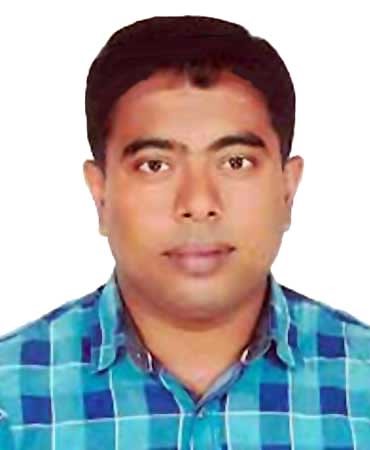Payra power plant supplying fly ash
The cement raw material costs 60pc less than import

The Payra Power Planthasrecently started producing ash from coal, the main raw material used at cement factories, at about 60 percent less than the imported price, an official said.
Currently, around 300 metric tons (MT) of fly ash is produceda day from one of the two units (660MW)of the plant. Besides some 130MT gypsum and 50MT bottom ash is also being produced in the same plant.
Sources said that as production capacity increases the plant expects to produce650MT of fly ash, 100MT of bottom ash and 270MT of gypsum per day when both the power units go into full capacity operation.
Bangladesh-China Power Company Ltd (BCPCL), a joint venture of Bangladesh’s North-West Power Generation Company Ltd (NWPGCL) and China National Machinery Import and Export Corporation (CMC), constructed the power plant with two units inDhankhali in Kalaparaof Patuakhali district.
Sources said, Bangladesh is now importing fly ash from India and other countries at around taka 2,000 per ton. The Payra power plant is expected to produce around 2.75 lakh MT of ash annually, which will save the nation around taka 33 crore every year. The current annual fly ash requirement of the country is around 40 lakh tons.
Besides, the construction of 1,200MW coal-fired power plant at Matarbari is expected to go into operation by 2024 while construction of the coal-fired 1320 MW power plant in Bagerhat’s Rampal is going on in full swing.
The Payra Power Plant Project Director, Shah Abdul Mowla told Bangladesh Post, “Currently 250 -300MT of fly ash is produced per day from the power plant, which is expected to double its capacity when in full operation. The fly ash is being sold at the rate of taka 800 per ton to the cement factories.”
Cement manufacturers use clinker, fly ash, gypsum, lime stone and slag as raw materials for making cement. However, OPC(Ordinary Portland Cement) manufacturers don’t use fly ash. They only use clinker, slag and gypsum. On the other hand, PPC (Portland Pozzolana Cement) manufacturers use 120kg of fly ash for making every ton of cement.
Md Alamgir Kabir, President of Bangladesh Cement Manufacturers Association (BCMA) president recently said that there are 35 active cement factories in Bangladesh with a combined production capacity of 60 million tons per year against a demand for 35 million tons. Production capacity will increase by another 11 million tons in the next three years.
The usage of cement reached 200 kg per capita in 2019, while it was just 45 kg back in 2000, according to BCMA data.
Over the past 15 years, the cement industry has made tremendous contributions to the country's economic development as the excess cement supply is exported to neighbouring nations.
‘Fly ash, bottom ash and gypsum are the common residues produced from combustion of coal. In the past, fly ash was released into the atmosphere. Recent concerns about environmental pollution led to prohibition of its atmospheric release and mandated the use of various mechanisms to trap it before release. Ash produced is approximately 10% by mass of the coal burnt. Out of this ash, 80 percent is estimated to be fly ash and the rest is bottom ash,’ according to the sources.
Bangladesh had entered the Ultra Super Critical Club with the launch of the coal-fired power plant, making the country the 7th nation in Asia to build such a power plant. There are also power plants of Ultra Super Critical Technology in China, Taiwan, Japan and Malaysia in Asia. Except Bangladesh and China, other countries do not use covered coal yards in Ultra Super Critical Technology based power plants.
An official of NWPGCL said that ultra-super critical technology can generate more electricity by burning less coal. This technology does not pollute the environment. Modern technology has been used in pollution control.
He added that the coal yard of the Payra Power Plant is covered. Apart from Bangladesh, only China in Asia uses such coal yards. There is no such coal yard also in Japan. Sulfur dioxide emissions from the Pyara Power Plant are only 60 to 70 mg. On the other hand, the World Bank's prescribed maximum emission limit is 200 mg.
Although the generation efficiency is two percent higher than that of super critical, the cost of ultra-super critical technology is much higher. For this reason, many countries are not interested to build ultra-super critical power plants.



